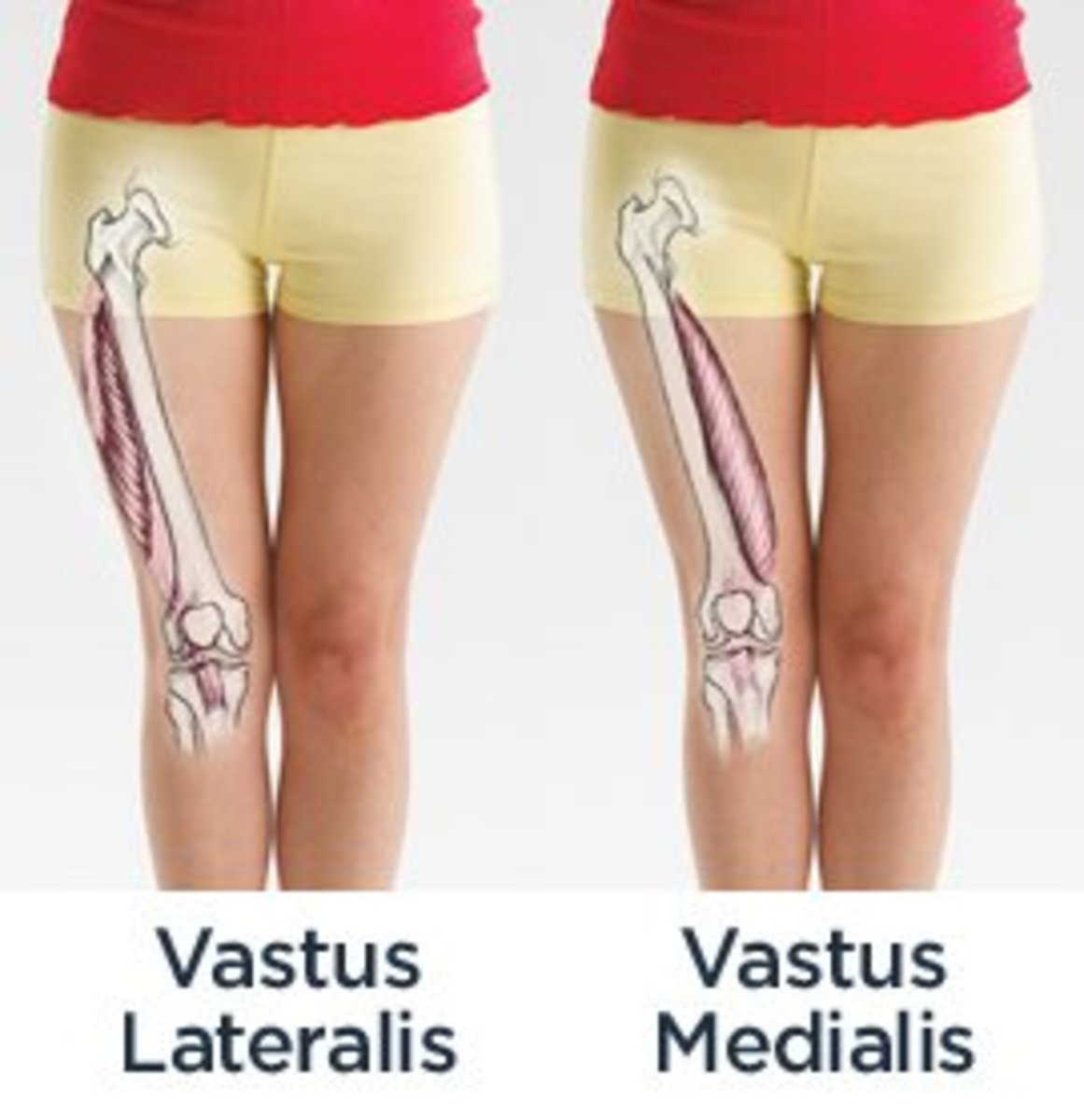Delayed onset muscle soreness explained. What causes delayed onset muscle soreness?
Is it lactic acid?
Well, surprise. No, lactic acid does not cause muscle soreness. Lactic acid builds up in the muscles during anaerobic respiration. This is not the the burning feeling you get DURING exercise. That burn is caused by hydrogen. Most lactic acid is whisked away once new blood carrying new oxygen returns to the muscles.
Weight training exercise consists of two types of movement. There's the eccentric or negative phase, and the concentric or positive phase. The eccentric phase is also referred to as "forced lengthening of the muscle" Most of this discussion will revolve around the eccentric phase, as most all of the microtrauma happens here. Microtrauma is the tearing of the muscle's fibers and connective tissue. The fact is, much fewer fibers are involved during this phase. That said, each fiber is subjected to greater forces during.
Conversely, the concentric phase recruits far more fibers, but more metabolic activity takes place here. That means the depletion of muscle energy- adenosine triphosphate (ATP), as well as muscle glucose (glycogen).
The combination of the two lead to altered cellular calcium. This happens during and after the exercise. The cellular calcium eventually leads to the activation of enzymes that break down cellular proteins, with the inclusion of contractile proteins. In turn, increased mitochondrial calcium decreases cellular energy production. At the end of all this, there's now muscle debris and swelling begins. Fluid enters the cells to make way for the immune system's "clean up". The immune response now triggers the release of free radicals. This also damages the muscle.
Now, the muscles are damaged. and their ability to store fuel (glycogen) is compromised. The two now make it necessary for proper recovery before the next training session. It's commonly accepted that a muscle can reach full recovery after seven days. Some studies even indicate the process can take up to fourteen days! The one fact still remains; if your muscles are still sore, don't train them. This breaking down of the newly recovered muscle is counterproductive.
This is where proper nutrition comes into play. It's long been said that there's a 30 minute "window" after intense exercise. This window represents the time to get protein into the system. Science has since learned this window is nowhere near this long. The time is much closer to 12 minutes. Using a high quality whey protein, preferably a hydrolyzed whey isolate is necessary. Whey protein has the highest biological value for humans based on it's amino acid profile, as well as it's speed of digestion and assimilation. Getting these raw materials in you immediately ensures proper muscle protein synthesis.
It doesn't end there, though. The muscles still need to replace muscle glycogen. The muscle's ability to refuel itself is compromised, though. That means shoveling tons of carbohydrates down your throat is excessive. Eating ample amounts of carbohydrates throughout the day will lead to muscle recovery. It just can't happen in one fell swoop. Loading carbs indiscriminately will only cause fat deposition. What the body can't store, the liver converts to fat.
I'm still seeing conflicting evidence regarding post workout carbohydrate consumption and human growth hormone. That said, I'm reluctant to favor one stance over the others. This will just have to be another trial and error experiment on your part. Find the one that works for you.








